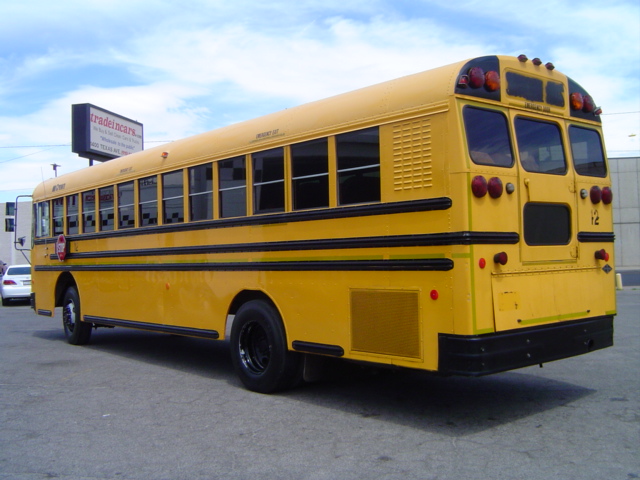|
|
||||
|
Group InterviewPhoenix School Interview
For our group project, we wanted to get a more youth oriented view on the changes going on in South Phoenix. This is an area of town that is commonly considered to be poverty stricken and crime infested. But despite this, the area is experiencing rapid growth and some positive coverage by the media. According to an Arizona Republic article by Daniel Gonzalez, entitled South Phoenix on the Rise, there are “developers capitalizing on spectacular mountain views, short commutes to the airport and downtown, and new recreational and shopping opportunities.” In general, we wanted to find out if these positive attributes were indeed having a positive impact on the community. So, on March 3, 2006, a group of classmates, including myself, came to a South Mountain School to conduct an interview with fellow young people about various concerns and issues they face on a day to day basis in their community. We wanted this discussion to be a somewhat open forum and to let the students not only respond to the questions we propose, but to expand on issues that deal with a teenage perspective on changes in their community. This will in turn set off new ideas and feelings that might cover issues that go beyond that of South Phoenix. In reality, we found the interview to be very informative and a great source of truly honest conversation on topics spanning from safety, identity and the future goals or aspirations of youth in the area. The first point we wanted to ask was that of safety, and how it impacts the lives of particularly young female residents of the community. Many stated that they had no problem with safety in the area and said that they have lived there for a long while and that the only real problem or nuisance was that of “crack heads” in the neighborhood. One student named David, simply said, “I have no problem with the area and have been here since grade school.” He later added that he’d like to come back and live and raise a family in South Phoenix after he finishes college. Others, such as Tony said that, “In the media or in the paper, South Phoenix’s crime is looked at as gang related while in Glendale and the rest of the valley crime is dulled down.” Another student named Isaac piped up to say that he is actually more concerned of safety in the west side of Phoenix than he is of his own neighborhood. As the discussion progressed, it became clear that the majority of the women in the room, being of African American descent, felt far more insecure around Hispanic males than any other group. Cultural identity or the use of certain gestures and lingo became a big part of the interview as well. The word “Ghetto” came up and many of the students contributed his or her meaning to a commonly misused and misunderstood word in American society. One young lady named Stevy commented by saying that, “Ghetto is a state of mind, not a place.” She explained that this word has a multitude of meanings such as loud or obnoxious behavior, flashy clothing and dress, etc. Although many in the class agreed with this explanation, they all came to a consensus that “Ghettoness” can be found in all cultures and that all ethic, racial and social groups have certain traits, characteristics and traditions that are distinctively theirs that reveal their identity and place in the world. The main source of contention among the class occurred around the new development currently going on within South Phoenix. The students felt that the expansion of urban sprawl that is now encompassing their community would not benefit or change the stigma that most have of the area. They also blamed the new building for pushing out old residents and forcing them to relocate to other parts of town. Although this is drastically changing the makeup of the original neighborhoods they grew up in, they also thought the new commercial and residential developments were nice and looked aesthetically pleasing. They complimented the amenities and said they would love to move into them some day. We also found many of the students in the class to be involved in many extra curricular activities, such as school clubs and sports, and even a larger percentage of the class have after school jobs. Several students already have plans of college in the near future. Stevy told us she wants to go to ASU East after graduation and Tony says that he currently works a part time job and takes classes at South Mountain Community College. In conclusion, the interview was a great success and I personally believe that the “youth” perspective was quite interesting and thought provoking. The discussion brought new light on not only major issues of South Phoenix, but of safety, self-awareness and cultural identity. But, the most important lesson I was reminded of was that the concerns of these students paralleled that of my own as well as my classmates. We both strive for the same dreams of going to college, getting a good job, and living a happy and successful life, even if we come from different backgrounds. Other team members projects
|
|||
|
||||

